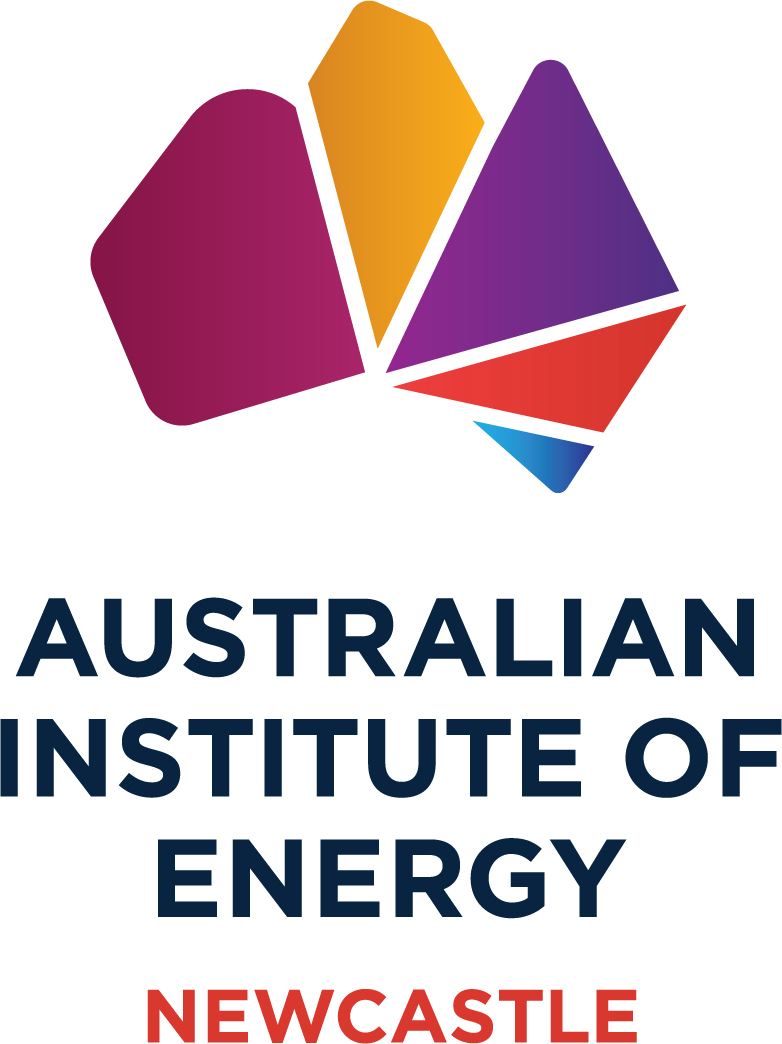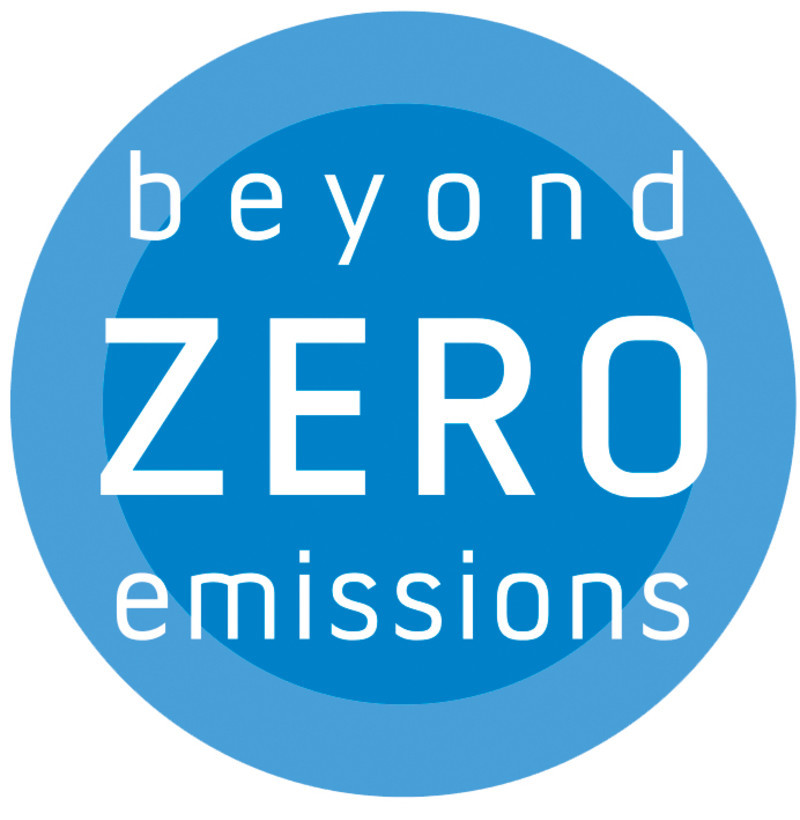Quarterly Energy Dynamics finds renewables drive lower prices, record low emissions
Renewable energy is driving down the wholesale cost of energy, setting new records for minimum demand for electricity from the grid and driving emissions to record lows, AEMO’s latest market intelligence report shows.

AEMO’s Q1 Quarterly Energy Dynamics report shows National Electricity Market (NEM) wholesale spot prices averaged $83 per megawatt hour (MWh) for the March quarter, down from $93/MWh and $216/MWh in the previous December and September quarters.
Record average output of rooftop solar PV (2,962 megawatts) for the March quarter, up 23% from Q1 2022, contributed to the lowest Q1 operational demand (14,375 MW) in the NEM since 2005, and new Q1 records being set in Victoria, New South Wales and South Australia.
At the same time, electricity generation from coal and gas declined, with gas-fired generation reaching its lowest Q1 level since 2005.
The report also shows new and recently commissioned grid-scale solar and wind units increased generation in the NEM this quarter by an average of 330 megawatts (MW) and 134 MW respectively, yielding a record quarterly average of 4,654 MW, which was 11% higher than Q1 2022.
AEMO’s CEO, Daniel Westerman, said the insights in the report underlined the need for more investment in new transmission and firming technology to connect the new locations of wind and solar farms, and to even out the variable nature of renewable generation.
“These insights reinforce that critical transmission investments, such as VNI West and Energy Connect, are needed to share low-cost, low emission renewable energy with consumers. Constraints are affecting output from regions like Victoria’s Murray River Renewable Energy Zone – that is why we need investment in new transmission,” Mr Westerman said.
“Growing renewable output across the NEM meant that 12% of the time wholesale prices were negative or zero. Further, between 9.00 am and 5.00 pm, wholesale electricity prices were negative in South Australia and Victoria 60% and 55% of the time, respectively,” he said.
Instantaneous renewable penetration also hit a new Q1 record at 65.8% this quarter, up 4.4% than the previous record, with rooftop solar PV accounting for 36% of supply during this interval. On 11 February 2023, rooftop solar PV output reached a record high output of 11,504 MW, 818 MW higher than the previous record in Q4 2022.
NEM total emissions declined in Q1 2023 to the lowest Q1 levels on record at 28.83 million tonnes of carbon dioxide equivalent (MtCO2-e), a decline of 5.1% from Q1 2022 (30.39 MtCO2-e), while emissions intensity dropped 4% from Q1 2022 to 0.64 tCO2-e/MWh.
Meanwhile, brown coal-fired generation in Victoria declined by 293 MW compared to Q1 2022 and black coal fired generation output in New South Wales and Queensland declined 137 MW.
Easing La Niña conditions and relatively mild temperatures helped wholesale electricity prices return to historic levels, but price separation between NEM regions remains.
By state, price differences reflect recent quarterly trends, with the northern regions of Queensland ($104/megawatt hour (MWh)) and New South Wales ($101/MWh) having higher average prices than the southern regions of Tasmania ($80/MWh), South Australia ($72/MWh) and Victoria ($56/MWh).
“Despite the continuing north-south price divide, black coal generators in New South Wales and Queensland have increased offer volumes in lower price bands following the announced caps on thermal coal prices, which has decreased the average price set by black coal generators,” Mr Westerman said.
Operationally, constraints affecting the Victoria – New South Wales Interconnector (VNI) continued to bind frequently during the middle of the day, limiting flows northward and further increasing the gap from higher prices in the northern NEM regions to lower levels in Victoria and South Australia.
During the quarter, east coast wholesale gas prices eased to an average quarterly price of $11.86 per gigajoule (GJ), still above $9.93/GJ for the same time last year. At the same time, gas demand decreased by 10% compared to Q1 2022, driven by a large decrease in demand from Queensland liquefied natural gas exporters (-33.5 PJ), yielding the lowest Q1 flows to Curtis Island since 2018.
In Western Australia’s Wholesale Electricity Market (WEM), the weighted average Balancing Price reached $81/MWh for Q1 2023, a Q1-record high, due to a reduction in generation and transmission availability and changes to the fuel mix.
“Mild temperatures in Western Australia and 16% increase in average rooftop solar PV generation contributed an 8% decrease in average operational demand from Q1 2022 to 2,060 MW,” Mr Westerman said.
The Q1 2023 maximum operational demand (3,676 MW) was recorded on Thursday, 2 March 2023 across the 1600hrs interval, due to high temperatures and sudden cloud coverage reducing rooftop solar PV output.
A total of 92 PJ was consumed in the WA domestic gas market in Q1 2023, a 4% increase from Q1 2022. Consumption from electricity generation increased by 10%, in line with the changes in fuel mix. Q1 2023 saw total WA domestic gas production of 89 PJ, a marginal reduction of 2.9% from Q1 2022.













